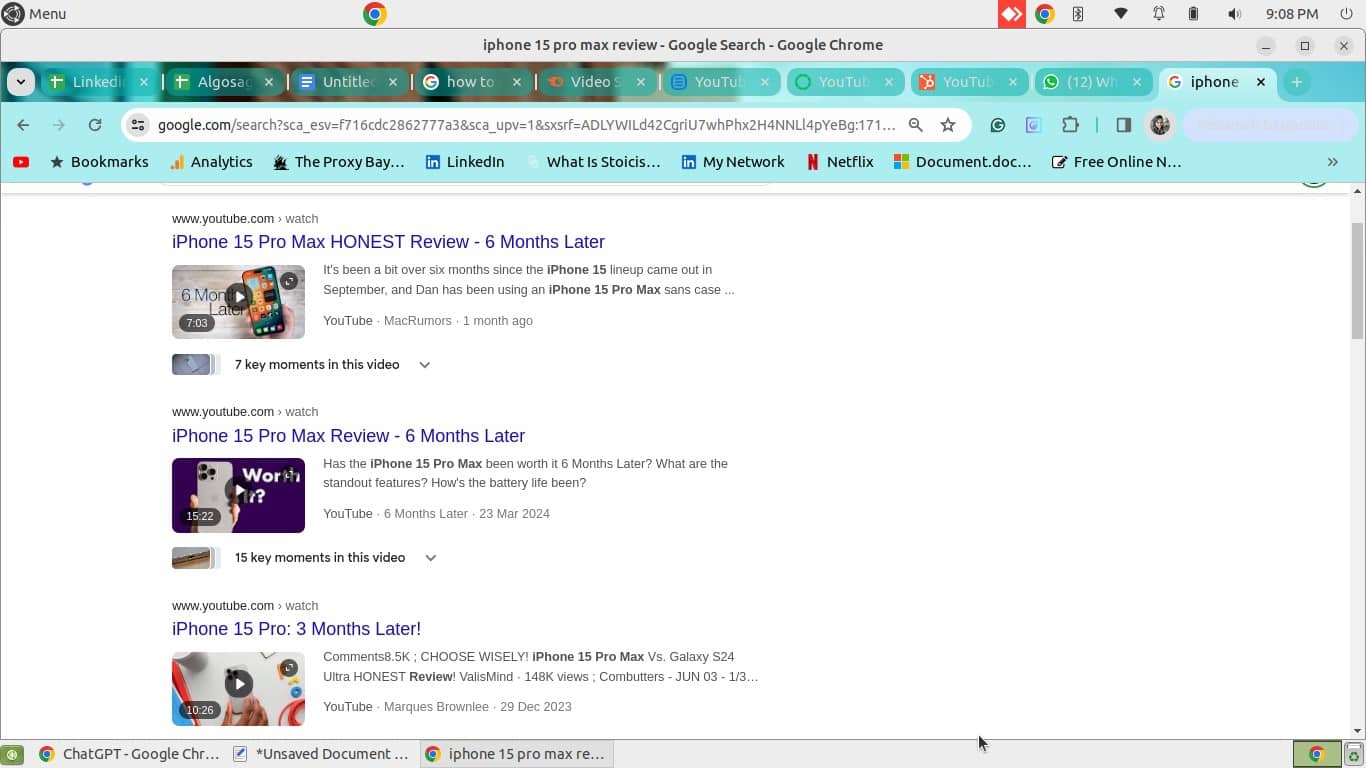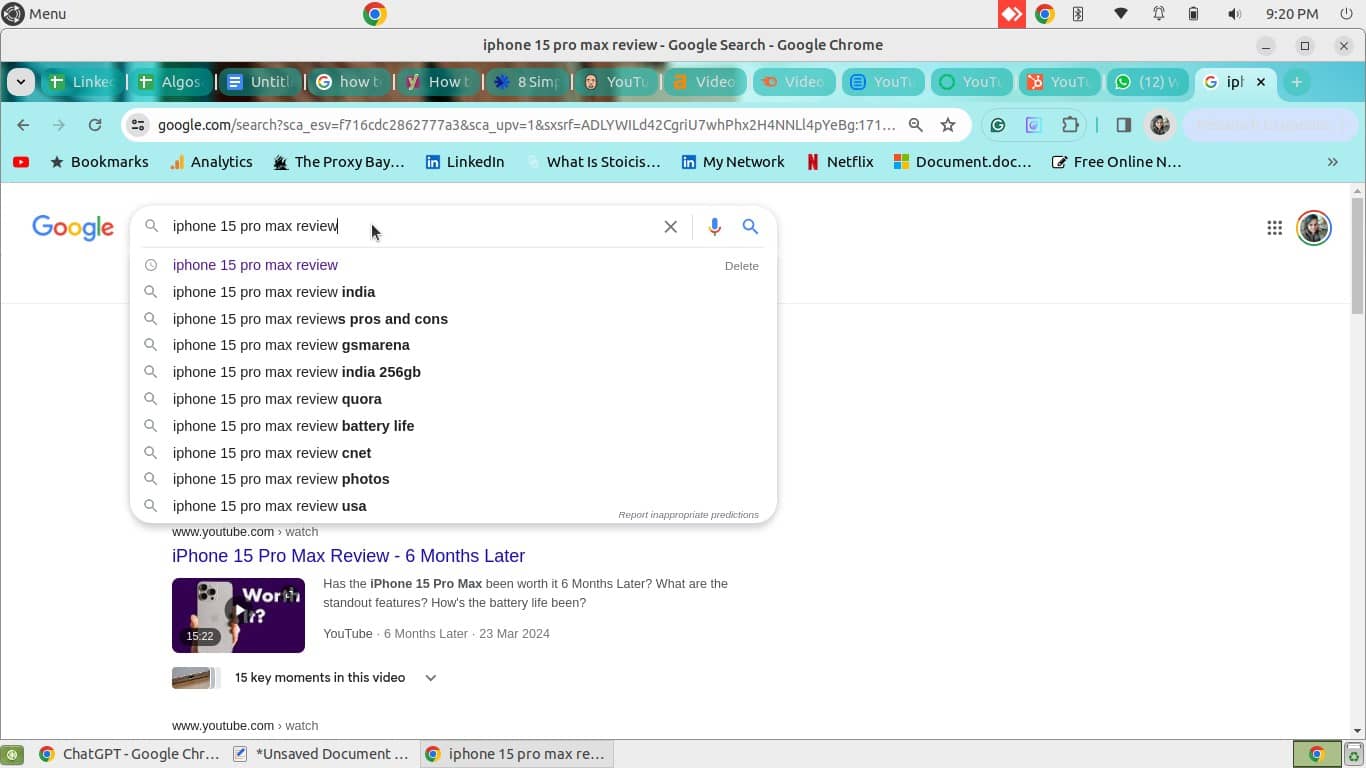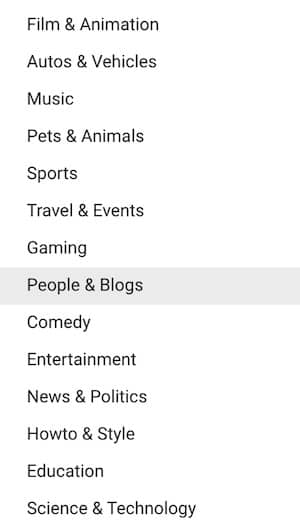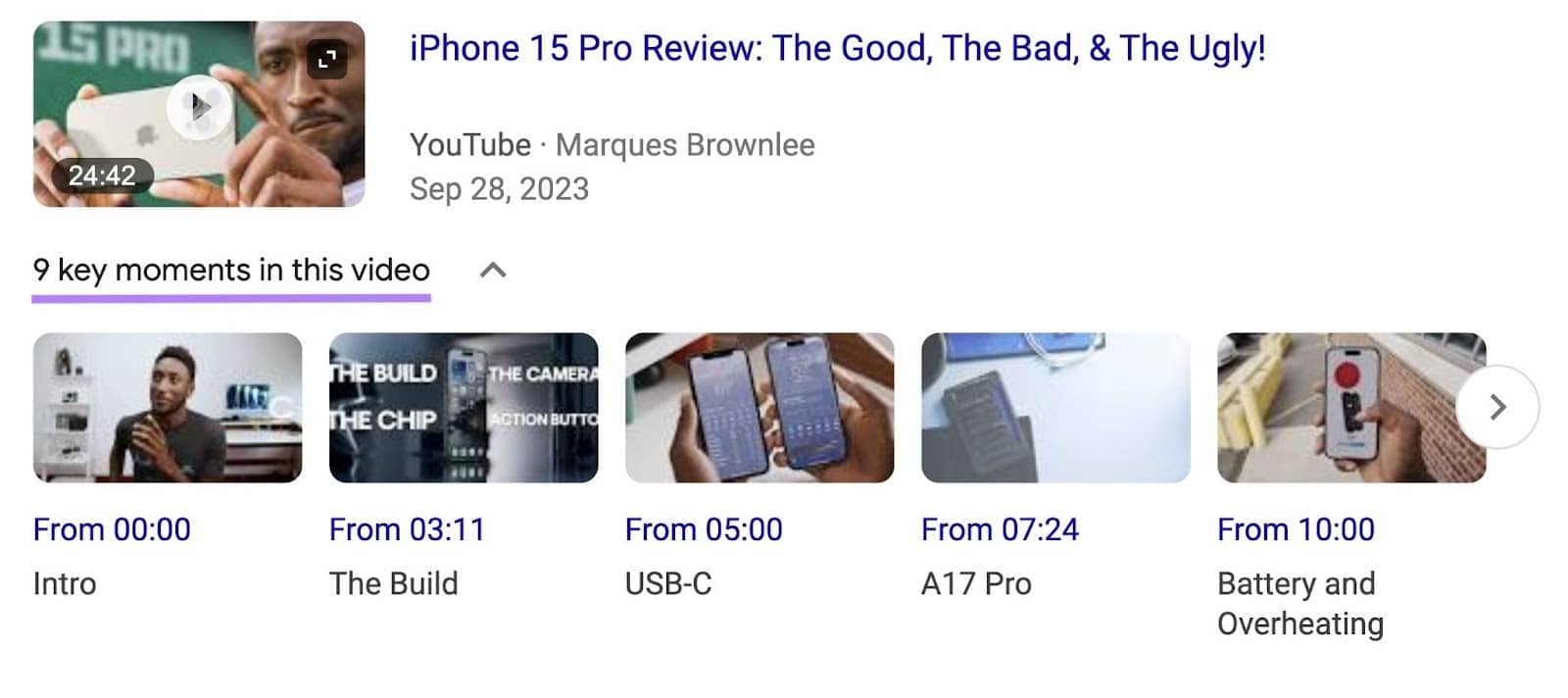Last Updated on June 6, 2024 by Admin
YouTube has become a powerhouse since it launched in 2005. Capturing so many users quickly, it grabbed Google’s attention and was bought by the tech giant in 2006.
This platform has turned video into a key content format for entertainment and marketing. Today, anyone can upload and watch videos, making it a vibrant hub for digital content.
With so many videos available, YouTube had to figure out how to organize them effectively. This led to the creation of an algorithm that helps users find videos they’ll want to watch.
For creators and brands, standing out means understanding and using YouTube SEO strategies. In this article, we’re diving into how to master these strategies to boost your video’s visibility. Stick around to get all the insights!
What is YouTube SEO?
Video SEO helps you get more views by making your videos show up higher in search results on Google.
This means adjusting your video content so it appears first when people search for related topics.

Doing this right makes people more likely to click on your video instead of others.
As a result, you’ll see an increase in views, subscribers, and even traffic to your website.
So, how do you get your videos to rank higher on Google? What are the best tips to follow?
Let’s explore.
Key Tactics to Rank Your YouTube Videos on Search Engines
Combining your SEO and video strategy can boost your marketing easily. This approach not only increases your video watch time but also grabs your customers’ attention.
Here are a few steps to improve your YouTube SEO and get more traffic and views.
1. Conduct Keyword Research First
Keywords are crucial for YouTube and Google SEO. They help the platform understand your video’s topic, index it and match it with users’ searches.
To do this, you need to add keywords to specific areas like the title, tags, and description when you upload your video. This helps YouTube use this information for ranking.
So, it’s important to choose keywords that best describe your videos and can attract more viewers.
Here are some tips for finding good keywords for YouTube SEO. These tips will help you fill in the details after recording your videos and also give you ideas for new content.
Start YouTube keyword research with a simple YouTube tool: the search bar autocomplete.

Another step in keyword research is to benchmark. Yes, your competitors can help you too!
Visit popular channels in your niche to see what terms they use. Check their most viewed videos by sorting their Videos tab by popularity.
To find the tags used in these videos, right-click on the video page, open the source code, and search for ‘keywords’.
You can also use tools like Keywords Everywhere, Google Trends, and VidIQ to research for popular keywords and trending topics.
2. Make High-Quality Videos
Google prioritizes quality content, but what does “high quality” really mean? Well, it varies by topic.
For instance, tech reviewers should offer thorough analysis, while fitness influencers should demonstrate correct techniques.
Generally, top-notch videos grab attention quickly, often within the first 20 seconds, which keeps viewers watching longer.
They also deliver value, whether through education, entertainment, inspiration, or practical help.
Moreover, the quality of the video production is crucial. This includes clear camerawork, good audio, effective lighting, and smooth editing, all of which make a video more engaging and enjoyable to watch.
3. Optimize Your YouTube Video Description
When updating your YouTube video, it’s crucial to nail the description the first time around because YouTube reassesses your video every time you make changes.

YouTube advises putting your key phrases early in the description, ideally in the first few sentences, and keeping the description under 200 words. Make sure your description is clear and directly useful to viewers.
Here are a few tips to create a solid video description:
- Briefly explain what your video is about in a conversational tone.
- Place essential keywords at the start of your description.
- Choose one or two main keywords that sum up your video well and use them prominently in your description and title.
- Utilize tools like Google Trends and Google Ads Keyword Planner to find popular keywords and include them to boost your video’s visibility.
- Avoid adding irrelevant words; they can make your video less appealing and might even breach Google’s rules.
YouTube Creator Studio is an excellent resource to check out for the latest tips and steps for crafting effective video descriptions.
4. Create Engaging Thumbnails
A thumbnail is like a mini-poster for your video. It’s the first thing people see when they search for something, so it needs to grab their attention. If your thumbnail doesn’t stand out, chances are, people might skip over your video.
So, how do you make a thumbnail that catches the eye? It really depends on what kind of videos you make.
For instance, if you’re a travel blogger, a beautiful picture of a place you visited could work well. If you review tech products, a cool, close-up shot of the gadget might draw people in.

A good tip is to check out what popular video makers in your area are doing with their thumbnails. See what attracts viewers and try to add your own unique touch to something similar.
5. Select a Video Category
When people search for videos on YouTube, they can narrow their search by categories. So, it’s important to pick the right category for your video when you upload it.

This helps more viewers find your content. YouTube offers many categories, so you should find one that fits your video perfectly.
Just select the right one when you’re setting up your video upload.
6. Use Subtitles and Closed Captions
Using subtitles and closed captions can really help your video perform better on YouTube.
Subtitles are there to help people who might not speak the language of the video, while closed captions are great for viewers who can’t hear the sound.
Both of these options show the text of what’s being said in the video at the correct times to match the speech or visuals. This is like having a written version of your video that can help it show up in search results, much like a blog post would.
When you upload your video to YouTube, you can choose your video language and upload the file with your subtitles or captions.

7. Try End Screens and YouTube Cards
If you want your viewers to take specific actions after watching your video, it’s crucial to guide them clearly. Use a direct call-to-action (CTA) to make sure they know exactly what to do next, which helps prevent any confusion and decision fatigue.
You can verbally ask your viewers to take action during the video, but also use YouTube’s tools like cards and end screens for extra effectiveness.
YouTube cards are small, clickable notifications that pop up in the top right corner of the video. They’re great for linking to other videos, playlists, or websites, and you can add up to five per video.
End screens come up at the end of the video and are perfect for encouraging viewers to subscribe, watch more videos, or visit your website.
These features not only make your videos more interactive but also help increase watch time, improve viewer engagement, grow your YouTube channel’s subscriber base, and boost your videos’ visibility in search results.
8. Add Time-Stamps to Your Videos
Google often includes “key moments” or timestamps under videos in search results.
These timestamps divide your video into sections, enhancing the viewing experience by allowing users to jump directly to the parts they’re most interested in.
To create effective timestamps, follow these guidelines:
- Write the time in MM: SS format (minutes and seconds).
- Place a brief label next to the time, separated by a colon or hyphen. Keep it short to avoid being cut off by Google.
- List your timestamps in the order they appear in the video to keep it logical and easy to follow.
For example, look at the timestamps from a video about the Google Pixel 8 Pro to get an idea of how it’s done.

Final Words!
So this was all about YouTube SEO and how to rank your videos on search engines like Google. Conducting keyword research, making high-quality videos, and optimizing your video descriptions for search engines can help your videos rank better as well as earn you more organic traffic. If you want to learn more about YouTube SEO, contact Social Media services expert, AlgoSaga. We will help you with SEO and make your videos optimized for Google.
